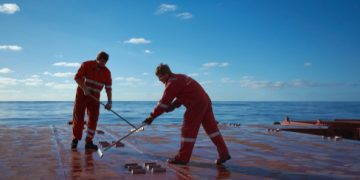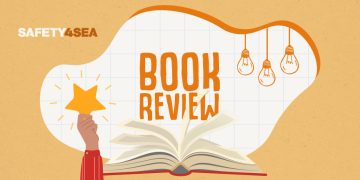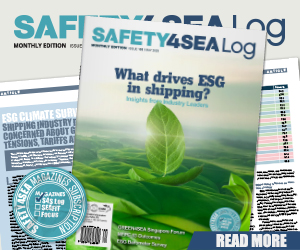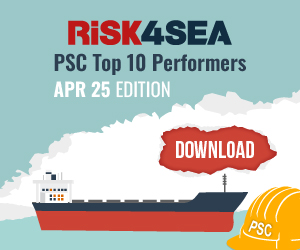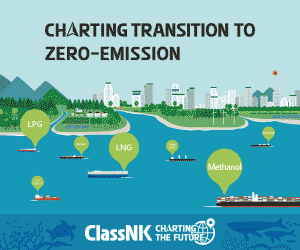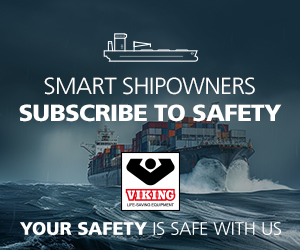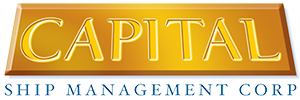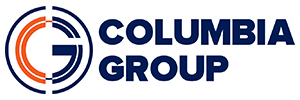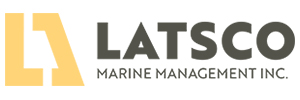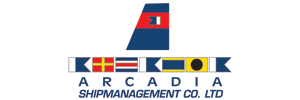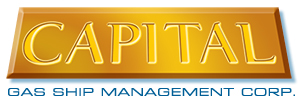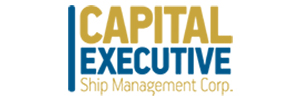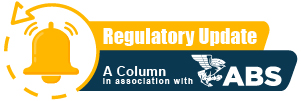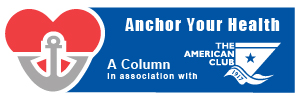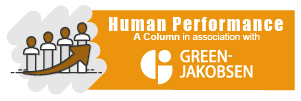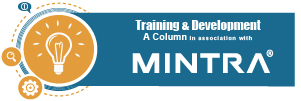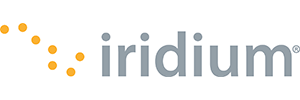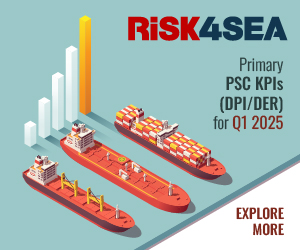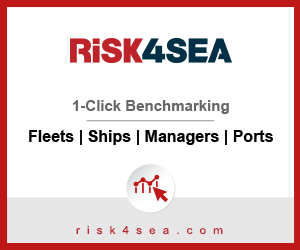During the 2025 SAFETY4SEA Manila Forum, Capt. Pol Winston G. Haboc, Vice President, Philippine Center for Advanced Maritime Simulation and Training, Inc., emphasized that maritime safety is not a matter of competition but of collaboration, as the well-being of crew members and the efficient operation of vessels benefit the entire industry.
Reflecting on the past and the role of STCW in shaping training for the future
Before we talk about the future of training, let’s take a look at the past. The 1990s were a pivotal decade, marking the shift toward competence-based training. It was during this time that we began using simulators such as the bridge simulator, engine simulator, and liquid cargo simulator. However, it’s important to note that simulators in our industry actually date back to the 1970s and 1980s.
This evolution in training was significantly shaped by the International Convention on Standards of Training, Certification and Watchkeeping for Seafarers (STCW). First adopted in 1978 and implemented in 1984, STCW has undergone several revisions. A major one in 1995 laid the foundation for modern training by emphasizing competence-based learning.
The shift to AI and digital powered training
Building on this regulatory framework, the 2010s brought about a digital transformation in training. From 2010 to 2020, training centers like ours began transitioning from traditional simulators to e-learning, and eventually to fully online learning platforms. By 2010, virtual reality (VR) and augmented reality (AR) technologies were introduced, setting the stage for today’s advanced simulation techniques powered by artificial intelligence (AI).
Now, AI is playing a critical role in the future of officer assessment. For instance, in Singapore, AI-driven devices are used to monitor the stress levels of officers during training. Trainees wear headsets that track blinks, radar engagement, and target tracking. If a collision scenario fails to elicit stress, it may indicate the trainee is not aware of the situation and the risk associated with it. This illustrates how AI is revolutionizing maritime training.
Environmental awareness and green shipping
In parallel, environmental awareness began to shape training programs in the 2000s. From that point on, we started incorporating environmental protection into our curricula. By 2010, discussions around green shipping became prominent, eventually leading to today’s strong emphasis on decarbonization. The evolution of environmental priorities is clearly reflected in how training has progressed over time.
Understanding and addressing the human factor
This growing complexity also prompted a deeper focus on the human factor. While competence-based learning in the 1990s already touched on human factors, the 2000s brought a clearer realization: 80% of maritime accidents were due to human error. This recognition elevated the importance of training. In the 2010s, the focus broadened to include leadership, management, and mental health. Finally, the 2020s, shaped by the COVID-19 pandemic, renewed attention to seafarer well-being, while also expanding training in diversity and inclusion, all essential aspects of addressing the human factor.
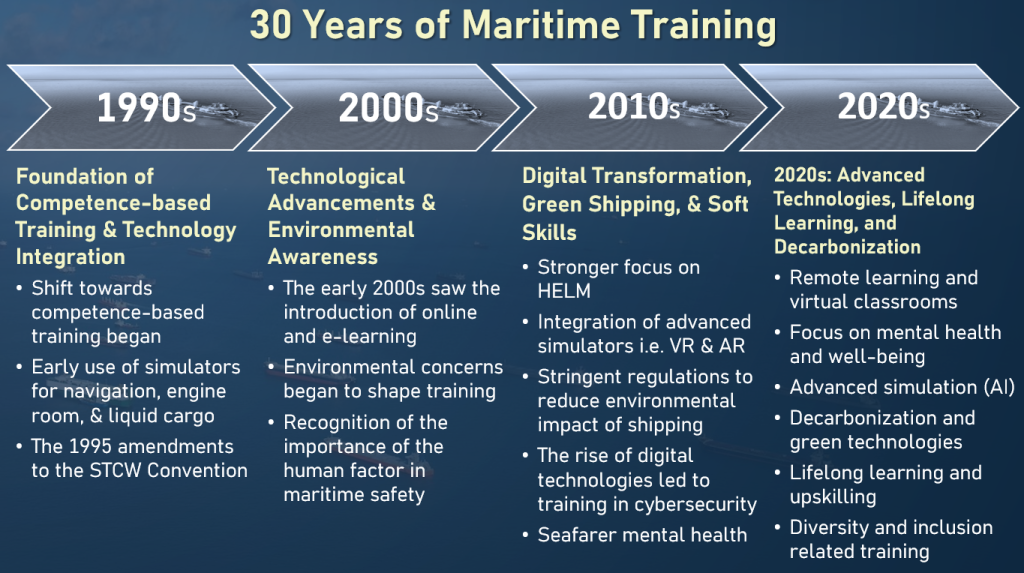
The three major pillars of maritime training
Looking at the past three decades, we can categorize the evolution of maritime training into three major pillars:
- Regulatory compliance: Over the years, training programs have evolved in response to changing international, national, and regional laws, standards, and guidelines governing the maritime industry.
- Technological adoption: Integrating and utilizing new technologies within the maritime industry to enhance efficiency, safety, sustainability, and overall operational effectiveness.
- Emphasis on human factors: Behavioral competencies and leadership skills have gained increasing focus in training programs to improve safety and communication on board.
Recognizing training investments and today’s expectations
With this foundation in mind, we must recognize the investments made by shipowners over the last 30 years. However, today’s expectations are high: seafarers are expected to perform like superheroes. And when you’ve invested in training for three decades, that level of expectation is only natural.
IMO 2050 strategy and the path to net-zero
Turning now to the International Maritime Organization (IMO) strategy on greenhouse gases and the goal of net-zero, we see that this is not a simple path, it’s a complex and collaborative journey. There is an industry need to train 800,000 seafarers between 2030 and 2040 on alternative fuels. And that number doesn’t even include training on emerging technologies like batteries or wind propulsion.
To achieve this, collaboration is essential. This transition involves regulators, shipowners, unions, and the private sector.
Decarbonizing shipping requires new skills and competencies to manage increasingly complex operations, and no single entity can tackle this alone.
New skillsets and emerging workforce trends
This brings us to the rise of new skillsets and workforce trends. Digital, green, and autonomous technologies are reshaping the maritime industry, impacting both sea-based and shore-based staff. These developments demand updated training to reflect the complexity of modern operations.
The challenge of outdated regulation
However, outdated regulation presents a challenge. While we’re seeing the emergence of new types of seafarers, regulation continues to lag behind. For instance, the STCW was significantly amended in 1995, then again in 2010—yet that revision wasn’t implemented until 2015. The next amendment is still under discussion and isn’t expected to be adopted until 2032, with implementation in 2037. This delay raises a critical question: how do we move forward if regulation can’t keep up?
To address the evolving needs of maritime operations, there has been a focused effort to innovate and modernize training. This includes developing programs on alternative fuels under the International Code of Safety for Ships using Gases or other Low-flashpoint Fuels (IGF Code), researching safety practices such as methanol firefighting, and creating simulation-based courses for wind propulsion.
Alongside these technical areas, soft skills training, particularly in leadership and management, has also been emphasized.
These initiatives reflect a broader commitment to making safety a shared responsibility, with training resources intended for collective use across the industry to support a more resilient and well-prepared maritime workforce.
Above article has been edited from Capt. Pol Winston G. Haboc’s presentation during the 2025 SAFETY4SEA Manila Forum.
Explore more by watching his video presentation here below
The views presented are only those of the authors and do not necessarily reflect those of SAFETY4SEA and are for information sharing and discussion purposes only.







